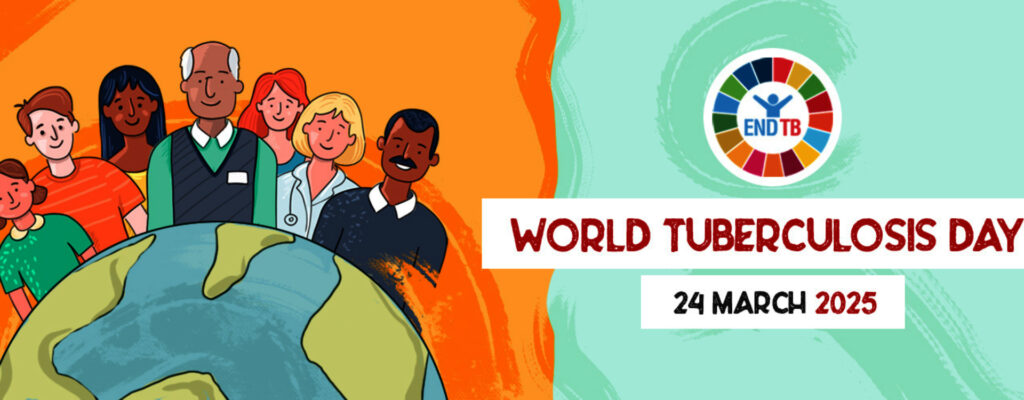
Tuberculosis (TB) remains a major public health challenge in India and across the world. Despite efforts to eliminate the disease by 2025, as per India’s target, recent data from the World Health Organization (WHO) highlights the increasing burden of TB. In 2023 alone, over 25 lakh TB cases were reported in India, accounting for 25% of global TB cases, with 3.20 lakh deaths recorded due to this disease.
How Does TB Spread?
When an infected person coughs, sneezes or speaks, Mycobacterium tuberculosis, the bacteria that causes TB, spreads through the air. Even though not everyone who comes into contact with TB bacteria gets sick right away, people with compromised immune systems are more likely to have active TB. Latent TB is a condition in which the bacteria in a person’s body are dormant but can subsequently become active.
Symptoms and Diagnosis
Common TB symptoms include persistent cough, fever, night sweats, fatigue, and weight loss. If other organs are affected, symptoms may vary. TB affecting the spine can cause back pain, while TB in the brain may lead to confusion and vomiting. Diagnosis is done through tests like Mantoux tuberculin skin test (TST), blood tests, chest X-rays, and CT scans.
Treatment and Prevention
TB treatment involves a 6 to 9-month course of medication, which must be completed to prevent drug-resistant TB. Preventive measures include maintaining strong immunity, proper ventilation, and avoiding close contact with infected individuals. TB patients should wear masks, cover their mouths while coughing, and avoid crowded places.
India has taken several initiatives, including free TB treatment in government hospitals and monthly Rs 1000 support for patients to maintain a nutritious diet. However, the rising number of cases calls for more awareness, early diagnosis, and strict adherence to treatment to control the disease effectively.
